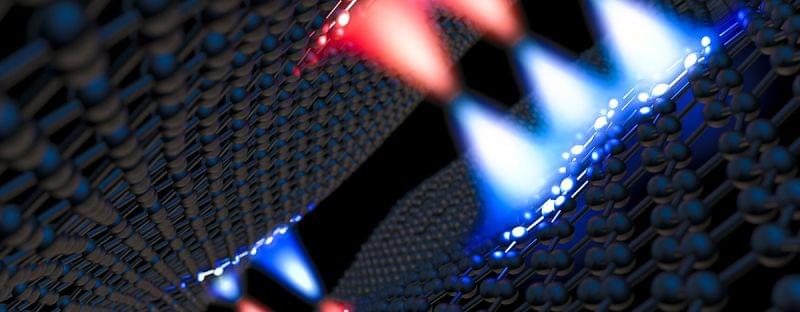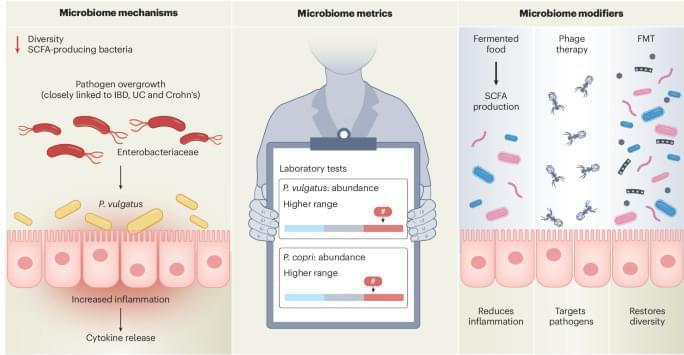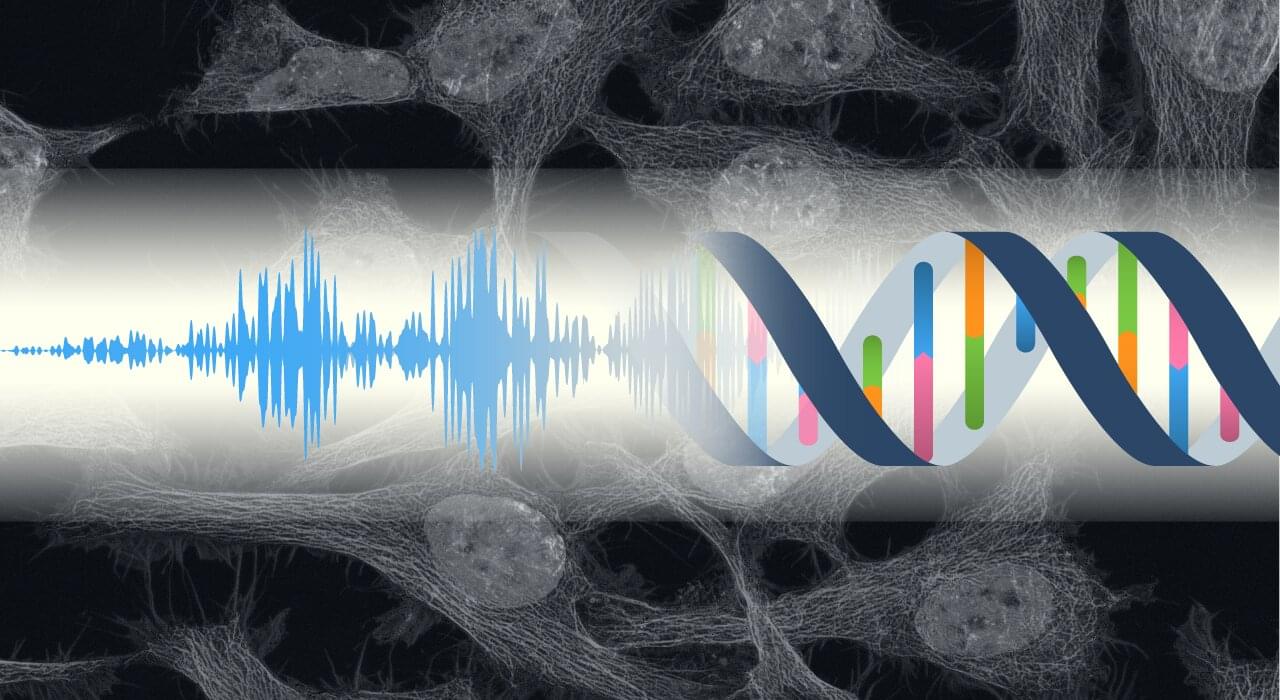Joscha Bach, cognitive scientist & AI researcher, talks about philosophy in computation, East Germany, AI, ChatGPT, AlphaZero, human intelligence, consciousn…
Get the latest international news and world events from around the world.

A slowly spinning universe could solve the Hubble tension
A new study in Monthly Notices of the Royal Astronomical Society by researchers including István Szapudi of the University of Hawaiʻi at Mānoa Institute for Astronomy suggests the universe may rotate —just extremely slowly. The finding could help solve one of astronomy’s biggest puzzles.
“To paraphrase the Greek philosopher Heraclitus of Ephesus, who famously said ‘panta rhei’ (everything moves), we thought that perhaps panta kykloutai—everything turns,” said Szapudi.
Current models say the universe expands evenly in all directions, with no sign of rotation. This idea fits most of what astronomers observe. But it doesn’t explain the so-called Hubble tension—a long-standing disagreement between two ways of measuring how fast the universe is expanding.

Quantum quasiparticle could make future quantum computers more reliable
Supported by the U.S. National Science Foundation, physicists have revealed the presence of a previously unobserved type of subatomic phenomenon called a fractional exciton. Their findings confirm theoretical predictions of a quasiparticle with unique quantum properties that behaves as though it is made of equal fractions of opposite electric charges bound together by mutual attraction.
The discovery was supported by NSF through multiple grants and laboratory work performed at the NSF National High Magnetic Field Laboratory in Tallahassee, Florida. The results are published in Nature and show potential for developing new ways to improve how information is stored and manipulated at the quantum level, which could lead to faster and more reliable quantum computers.
“Our findings point toward an entirely new class of quantum particles that carry no overall charge but follow unique quantum statistics,” says Jia Li, leader of the research team and associate professor of physics at Brown University. “The most exciting part is that this discovery unlocks a range of novel quantum phases of matter, presenting a new frontier for future research, deepening our understanding of fundamental physics and even opening up new possibilities in quantum computation.”

Novel method enables safe delivery of stem cells in critically ill patients on external lung support
A multidisciplinary clinical team led by Professor Bernat Soria from the Institute of Bioengineering at the Miguel Hernández University of Elche (UMH, Spain) has developed a new method to deliver cell therapies in patients on extracorporeal membrane oxygenation (ECMO), a life support system used in cases of severe lung failure.
The advance has been published in Stem Cell Research & Therapy. The team has opted not to patent the technique in order to encourage its use in public health systems once further clinical testing is completed.
The method—named CIBA, for “Consecutive Intrabronchial Administration”—enables the delivery of stem-cell-based treatments directly into the alveoli of critically ill patients who cannot receive standard intravenous cell therapy due to the ECMO system’s constraints.



A Musician’s Brain Matter Is Still Making Music—Three Years After His Death
American composer Alvin Lucier was well-known for his experimental works that tested the boundaries of music and art. A longtime professor at Wesleyan University (before retiring in 2011), Alvin passed away in 2021 at the age of 90. However, that wasn’t the end of his lifelong musical odyssey.
Earlier this month, at the Art Gallery of Western Australia, a new art installation titled Revivification used Lucier’s “brain matter”—hooked up to an electrode mesh connected to twenty large brass plates—to create electrical signals that triggered a mallet to strike the varying plates, creating a kind of post-mortem musical piece. Conceptualized in collaboration with Lucier himself before his death, the artists solicited the help of researchers from Harvard Medical School, who grew a mini-brain from Lucier’s white blood cells. The team created stem cells from these white blood cells, and due to their pluripotency, the cells developed into cerebral organoids somewhat similar to developing human brains.


Your cells can ‘hear’: Uncovering the relationship between life and sound
There’s a sensation that you experience—near a plane taking off or a speaker bank at a concert—from a sound so total that you feel it in your very being. When this happens, not only do your brain and ears perceive it, but your cells may also.
Technically speaking, sound is a simple phenomenon, consisting of compressional mechanical waves transmitted through substances which exist universally in the non-equilibrated material world. Sound is also a vital source of environmental information for living beings, while its capacity to induce physiological responses at the cell level is only just beginning to be understood.
Following on from previous work from 2018, a team of researchers at Kyoto University have been inspired by research in mechanobiology and body-conducted sound—the sound environment in body tissues —indicating that acoustic pressure transmitted by sound may be sufficient to induce cellular responses.
